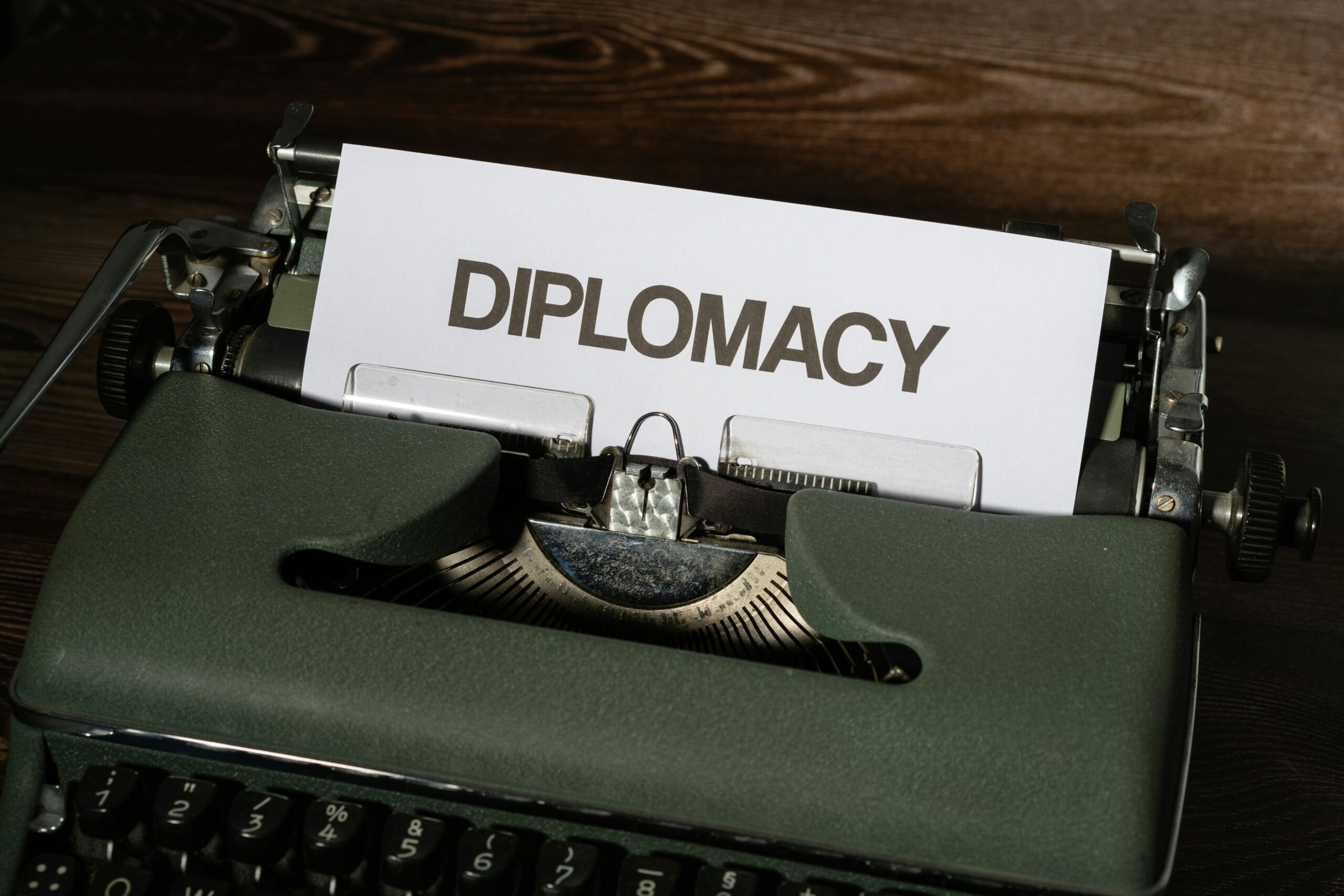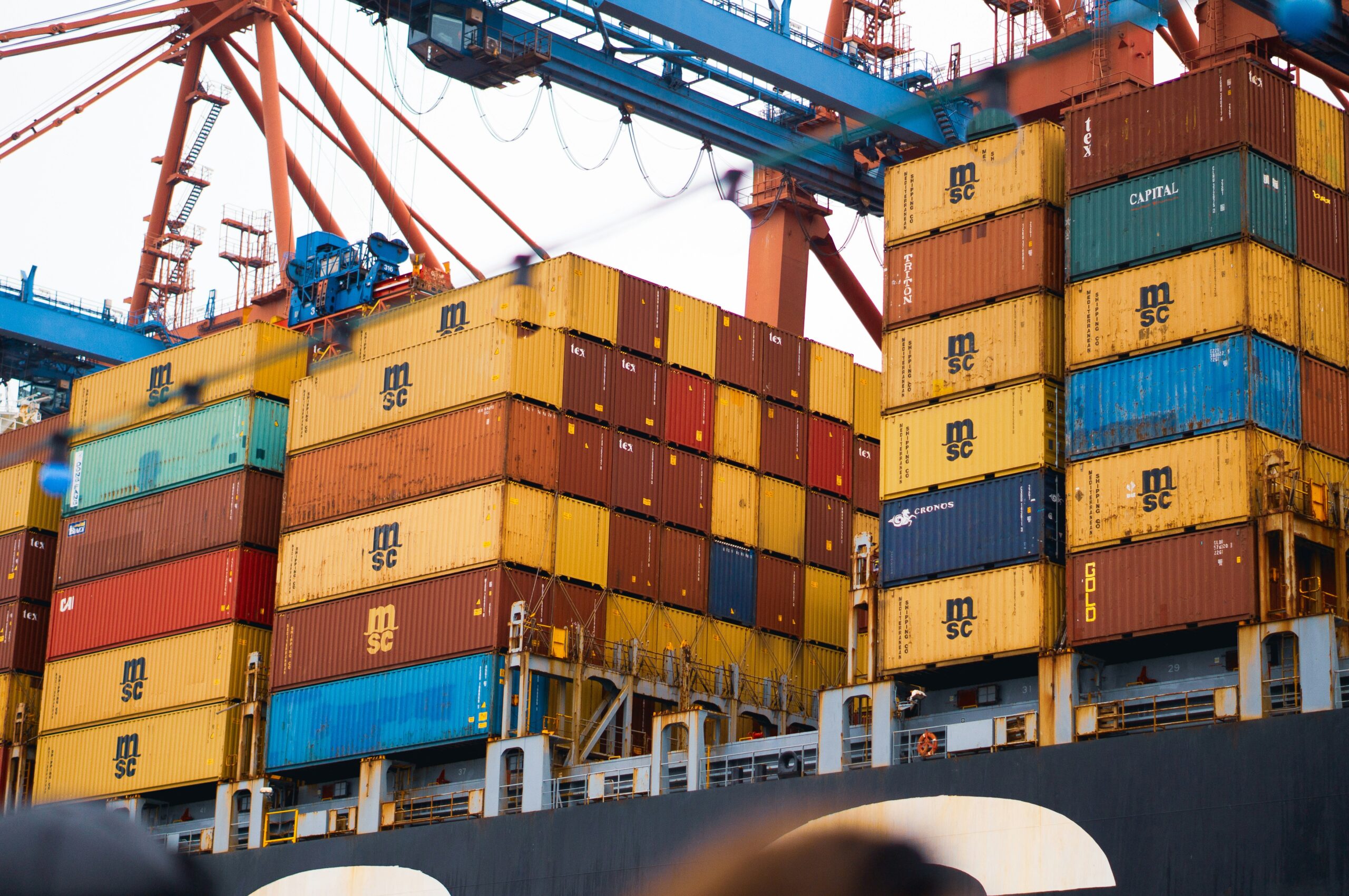Twenty-one member states make up the Common Market for Eastern and Southern Africa (COMESA), an economic bloc in Africa. In place of a Preferential Trade Area that had existed since 1981, COMESA was established in December 1994. Djibouti, Egypt, Kenya, Madagascar, Malawi, Mauritius, Sudan, Zambia, and Zimbabwe were the first nine members to establish a free trade area (FTA). Then followed by Comoros and Libya in 2006, Seychelles in 2009, Tunisia and Somalia in 2018, and Rwanda and Burundi in 2014.

Connection to other trade blocs
One of the foundations of the African Economic Community is COMESA. The East African Community (EAC) and the Southern Africa Development Community (SADC), two major African trade blocs, and COMESA agreed to expand their free-trade zone in 2008. To promote tourism, COMESA is also exploring a uniform visa policy.
Membership
The COMESA trading group is made up of 21 members. They include Djibouti, Eritrea, Ethiopia, Somalia, Egypt, Libya, Sudan, Tunisia, Mauritius, Seychelles, Burundi, Kenya, Malawi, Rwanda, Uganda, Eswatini, Zambia, Zimbabwe, and the Democratic Republic of the Congo.
Authorities that make decision
The COMESA Authority is the organization’s top policy-making body and is made up of heads of state or government. The Chairman of the Authority is chosen to serve for a specific amount of time. The Authority is responsible for overseeing COMESA’s executive functions and setting general policy direction. At Summits that are conducted in various member States, the COMESA Authority convenes once a year. Their structure is the joint responsibility of the hosting government and the COMESA Secretariat. A request for an Extraordinary Summit may come from any member of the Authority, as long as one-third of the Authority members support it. The hosting nation will take over as chairman of the Authority for the year. The Authority meetings are held in private, and decisions are typically made by consensus. Any decisions made must be documented in a communiqué that the session leaders must release. All member states and the other organs to which they are addressed must abide by these instructions and judgments made by the Authority.
The Ministerial Council of COMESA
National court decisions are subordinate to those of the COMESA Court of Justice. To determine the validity of any action about the issued regulations, the Court of Justice may accept claims against the council from natural and legal persons as well as member states. The Treaty also grants the Persons the right to challenge the legality of any act, rule, or decision made by a member state before the COMESA Court. If a court of a member state is investigating the application or interpretation of the Treaty, it may seek the Court’s opinion. If the national court has no right of appeal or recourse, it must refer the case to the COMESA court. Before a case can be brought before the COMESA court, all national remedies must have been exhausted. Suits filed by COMESA workers or other parties against COMESA or its institutions are under the jurisdiction of the COMESA Court. In the event of a contract dispute involving COMESA or any of its institutions, it may also serve as an arbitral tribunal. In addition, the Court can arbitrate disputes between members who so choose.
Benefits
A wider, more unified, and more competitive market is one of the many advantages COMESA provides its members and partners. Additionally, it promotes better agricultural production and food security, increased industrial productivity and competitiveness, and more judicious usage of natural resources. More consistent monetary, banking, and financial regulations, as well as more dependable transportation and communications infrastructure, are in the COMESA policies, and more reliable transport and communications infrastructure.
COMESA Priority Areas
The priority areas of COMESA include:
A Free Trade Area
The FTA was finalized on October 31, 2000, when nine member countries—Djibouti, Kenya, Madagascar, Malawi, Mauritius, Sudan, Zambia, and Zimbabwe—abolished their tariffs on goods from COMESA. This was under a schedule for tariff reductions that was set in 1992. This came after a trade liberalization initiative focused on reducing and ultimately eliminating tariff and non-tariff obstacles to intra-regional trade, which started in 1984. On January 1st, 2004, Burundi and Rwanda joined the FTA. Not only have these eleven FTA members abolished customs duties, but they are also working to eventually do the same with quantitative limits and other non-tariff barriers.
Customs Union
A customs union is when two or more customs territories are combined into one customs territory, and virtually all trade between the merged areas is free of customs tariffs and other trade restrictions. In their trading with other parties, the territories also follow the same rules and regulations. Egypt established a Road Map outlining the programs and activities that needed to be implemented before the start of the Customs Union during the Eleventh Meeting of the Council of Ministers, which was held in Cairo.



